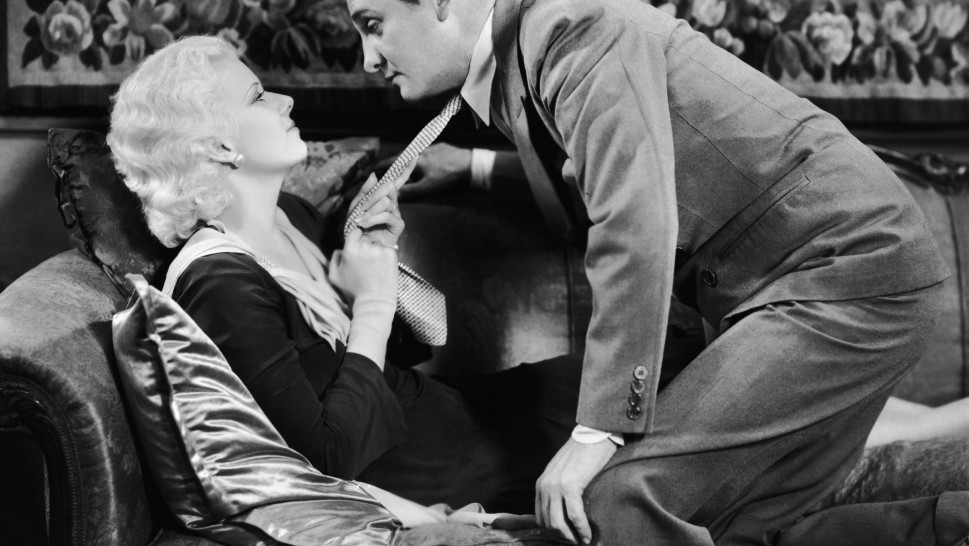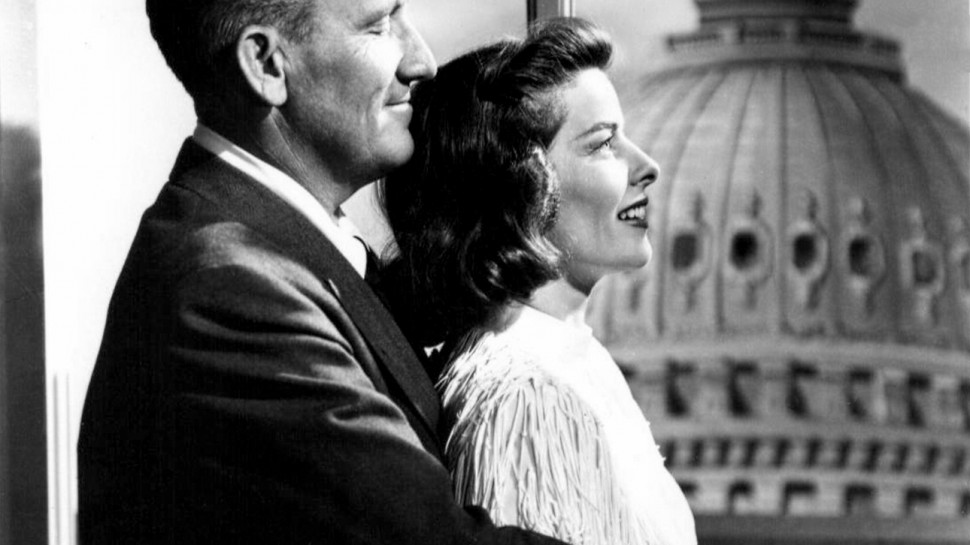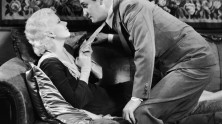



The Capra Touch
By the mid-1930s, Frank Capra was the most powerful director in Hollywood, eclipsing even the mighty Ernst Lubitsch and Charlie Chaplin. All three of these filmmakers earned their celebrity by making audiences laugh. But while Chaplin was stymied by the arrival of sound cinema, Capra and Lubitsch both displayed a skill at smoothly integrating plenty of dialogue into their films without slowing the seamless flow that comedy requires.
Ultimately, Capra surpassed Lubitsch by perfecting what was often called his “common touch”: his celebration of everyday pluck and high spirits in the face of the Great Depression. His 1930s films celebrated the spunk of the underdog while thumbing their noses at the high and mighty. If this emphasis on homespun decency sometimes veered close to sentimentality, especially in his later work, the films that made him famous not only helped establish screwball comedy as a genre, they also tackled miscegenation, religious hypocrisy and political corruption.
The first half of Capra’s biography reads like a classic “American Dream” story: the son of impoverished Sicilian immigrants living in Los Angeles manages to get into the California Institute of Technology despite working full-time while in high school. Although he had hopes of making a living as a scientist or engineer, he worked a variety of menial jobs before eventually finding work in the lower rungs of the film industry, first in San Francisco and then in Los Angeles. From the beginning, he specialized in comedy, working on short films for Hal Roach and then Mack Sennett. When comedian Harry Langdon wanted to begin making features, he hired Capra as his writer and director. After making six films with Langdon in 1926 and 1927, including his first two directorial credits, Capra struck off on his own. After an unsuccessful third feature, Capra found work as a director at the struggling Columbia Pictures.
He would work there from 1928 to 1939, during which time he rose to fame, helping to establish Columbia as an important studio along the way. After making a handful of silent films, Capra finally hit his stride with a string of brisk pre-Code early talkies. Many of these were melodramas starring Barbara Stanwyck, but they also included such topical films as The Miracle Woman, inspired by evangelist Aimee Semple McPherson, and American Madness, about bank failures at the depth of the Depression. Perhaps Capra’s most daring film is The Bitter Tea of General Yen, a love story between a Chinese warlord and the American evangelist he’s holding captive.
The warm reception given Platinum Blonde and Lady for a Day cemented Capra’s reputation as a master of comedy and paved the way for the pinnacle of his success with 1934’s It Happened One Night. This triumph was repeated with Mr. Deeds Goes to Town, which introduced the Everyman protagonist who would feature prominently in Capra’s films for the next decade.
The troubled production of the ambitious Lost Horizon (1937), with which Capra had hoped to forge a new direction for his work, was the first major setback in the filmmaker’s career and began the rift with Columbia that grew despite the success of You Can’t Take It With You. Capra’s vision of his Everyman hero in the U.S. Senate, Mr. Smith Goes to Washington, excited considerable controversy with its populist vision of a corrupt federal government, but it also generated enough acclaim to convince Capra to leave Columbia and become an independent.
Mr. Smith also introduced a darker tone to Capra’s work that grew with Meet John Doe, a troubled and troubling film replete with demagogues, an irresponsible press and crowds that are easily turned into angry mobs. The film’s climax represented a narrative and ideological impasse for the director’s mix of populism and individualism. The experience ended the partnership between Capra and Robert Riskin, the screenwriter who had been his most important collaborator since 1931.
It is fair to say that Capra never really recovered from the breaks with Columbia and with Riskin, although he maintained his importance during World War II. Immediately after Pearl Harbor, he enlisted in the Army and was swiftly given a special appointment in charge of producing “war information” films designed to motivate U.S. forces headed for combat. Although the Why We Fight films were scripted and edited by many, and drew on footage from numerous sources, Capra oversaw all aspects of their production. Burned out, by his own admission, at the end of the war, Capra was yet to endure years of suspicion during the anti-Communist hysteria of the late 1940s, during which he narrowly escaped being blacklisted. Although he would make six more films, success was elusive, as Capra struggled to find a place for himself within a rapidly changing industry and society.
Although history has been kind to one of these postwar films, It’s a Wonderful Life, which was seen as old-fashioned compared to the contemporaneous The Best Years of Our Lives (1946) but eventually gained a following on television, the rest of Capra’s later pictures remain to be rediscovered. What remains undeniable is the scope of Capra’s considerable achievements in the 1930s, which would influence subsequent generations of American filmmakers from Preston Sturges to Robert Altman and Martin Scorsese to the Coen brothers.
The following program notes are drawn from Capra’s autobiography, Name Above the Title (1971). While he was not always a reliable critic of his own work, even his distortions are quite revealing about movie- and myth-making — David Pendleton


























